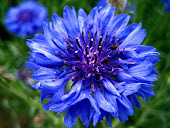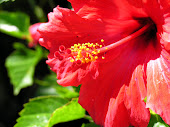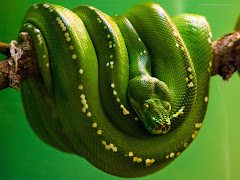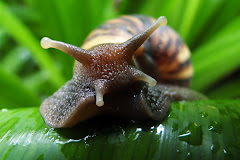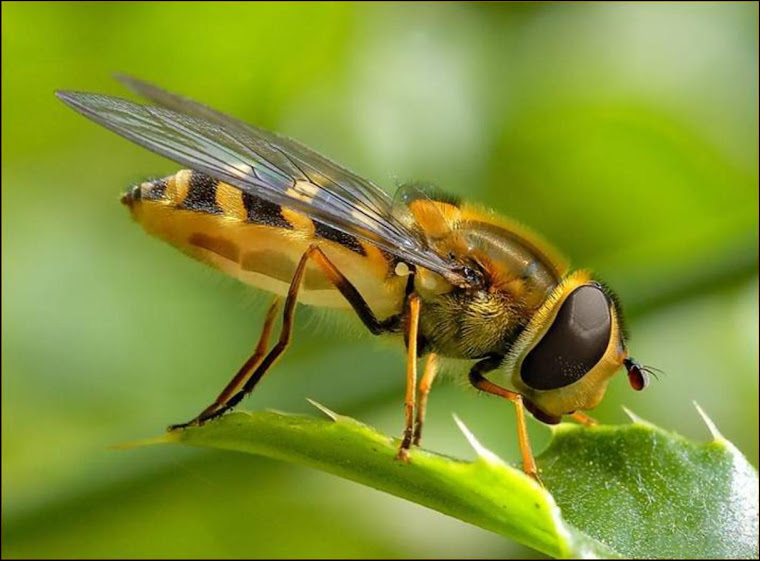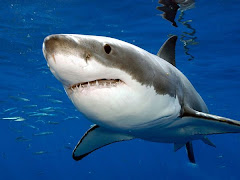 |
| Mickey mouse platy. |
I
have been in the aquarium hobby since I was a kid. There were lots of dead fish
throughout my involvement with the hobby; but all that is another story
altogether. We’ll get to that some other day. Platies are one of my favorites
when it came to aquarium fishes. They have an assortment of different colors to
choose from, from black to yellow, red, orange and even dark blue. Not only
that they also vary in color distribution. Some of them have patterns that look
like Mickey Mouse on their tails. The best thing about these beauties? They
breed like there’s no tomorrow, which is also the downside of having them.
Here’s
a little info about Platies. Platies prefer harder water and are quite tolerant
towards polluted water so they are one of the best first fishes to introduce to
a newly set up aquarium to mature the system after the nitrate peak has been
passed. They love plants, they use them as cover or hiding places. Platies also
love plants because they love munching on them. Soft leafy plants are usually
eaten regularly so beware. They also enjoy the presence of algae in the
aquarium; in fact they can’t live without them. They prefer the soft green type
that grows when you have good water. This can be used to our advantage as they
will help to devour algal blooms in new aquariums. Even though they love greens
doesn’t mean they only need that. Feed them live or frozen foods regularly plus
a good quality flake food as the basis of their diet.
 |
| This one is pretty! |
Let’s
get to the breeding part. These fishes are livebearers. This means they have
babies instead of laying eggs. In livebearer males, the anal fin has been
developed into a gonopodium, a sexual organ formed by the fusion of the third,
fourth and fifth rays of the fin. At its tip there are various spines and hooks
which are often called “holdfasts”, and which are used by the male to hold on
to the females during mating. At this time, the gonopodium is directed forwards
and a groove formed down which the sperm is channeled to the cloaca of the
female.
The
baby fishes that come out from their mummy’s tummy are ready to fend for
themselves. They usually disappear in thickets of plant growth right after they
are released. Broods vary from 20 to 40 most of the time. Platy females are capable
of storing sperm so many successive broods can be produced from a single
mating.
 |
| This looks exactly like mine. |
Platies
are gentle and don’t bother to chase other fishes around. Males might chase
each other around sometimes. Males will chase after females because of their
mating behavior and might cause the females to die of fatigue. To avoid this,
have at least 3 females for 1 male. That way they won’t be too tired from all
the chasing from the overly heighten sex drive of the male fish. You can keep
them with other community fishes that have mouths that aren’t big enough to fit
a platy in it.
 |
| This is a baby platy. |
These
fishes breed a lot! You may start out with 4 and end up with tons more the next
3 months. Here is a tip on how to control population. One of the ways is to not
provide too many hiding places, if you have lots of plants; the chances are
higher for the babies to survive. Next is to keep them with fished that love
baby fishes, I keep mine with an angel fish, my angel just loves to swallow
these babies full. If this is too cannibalistic for you, you might want to try
keeping only females. If you chose to do so, make sure that the females fishes
you buy aren’t already impregnated in the aquarium store. This was what
happened to mine. I only wanted two females since I didn’t want them to breed.
Turned out that they were actually pregnant and I ended up with overstock
problems. I solved it by giving almost all my platy fishes away and remained
some in my aquarium. I also bought an angel fish to keep the population in
check.
So
there goes my article on these beautiful pet fish. I hope you have a great
experience with these fishes just as the way I did.


